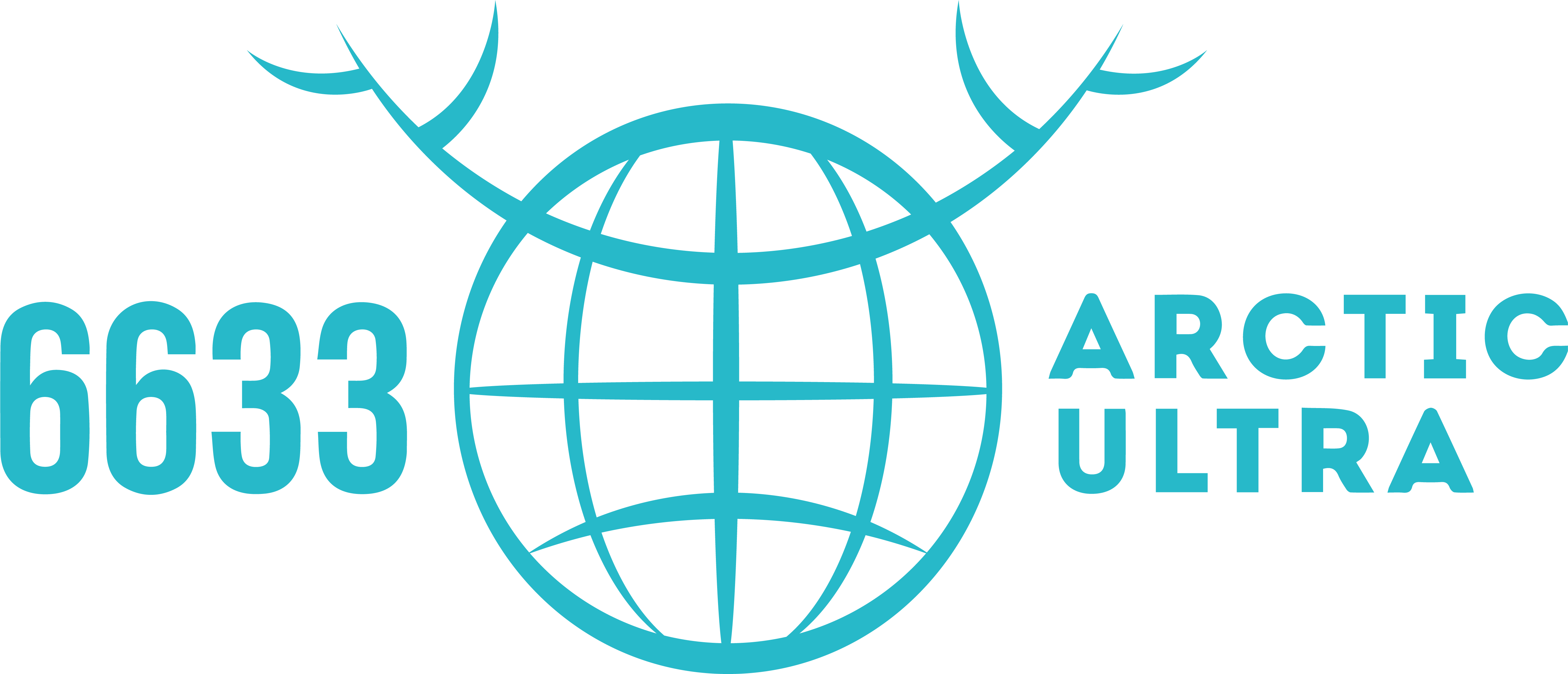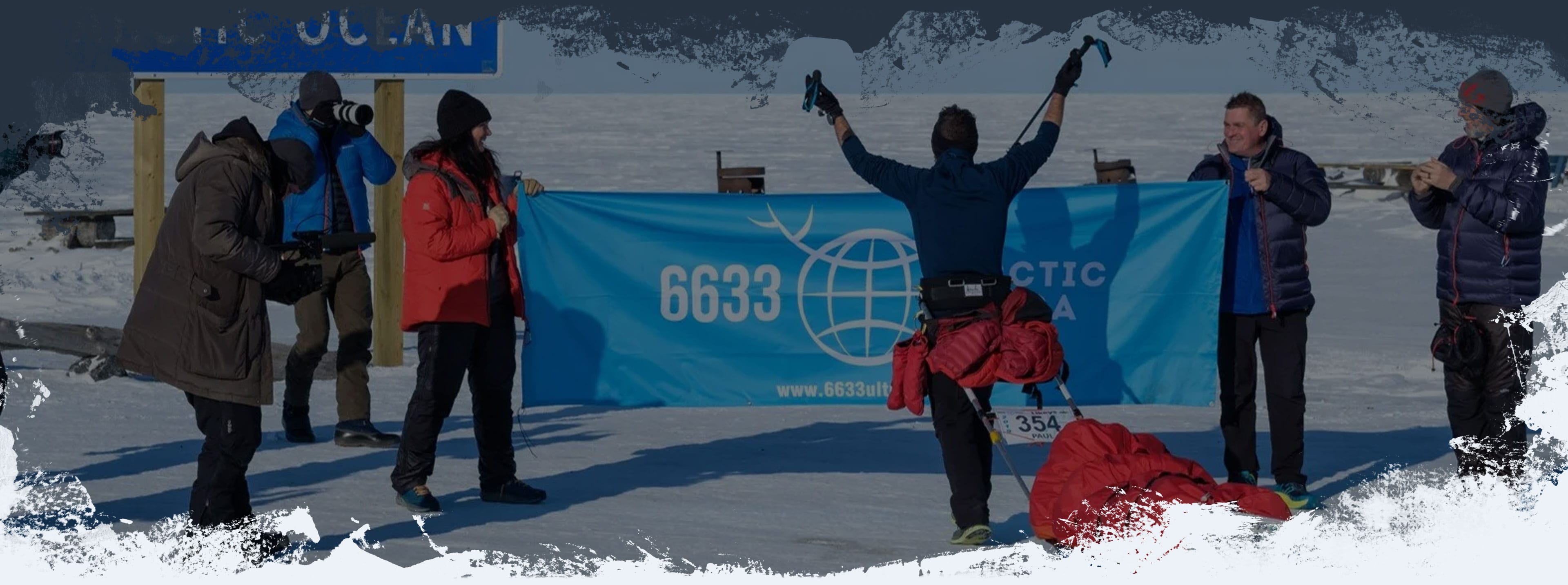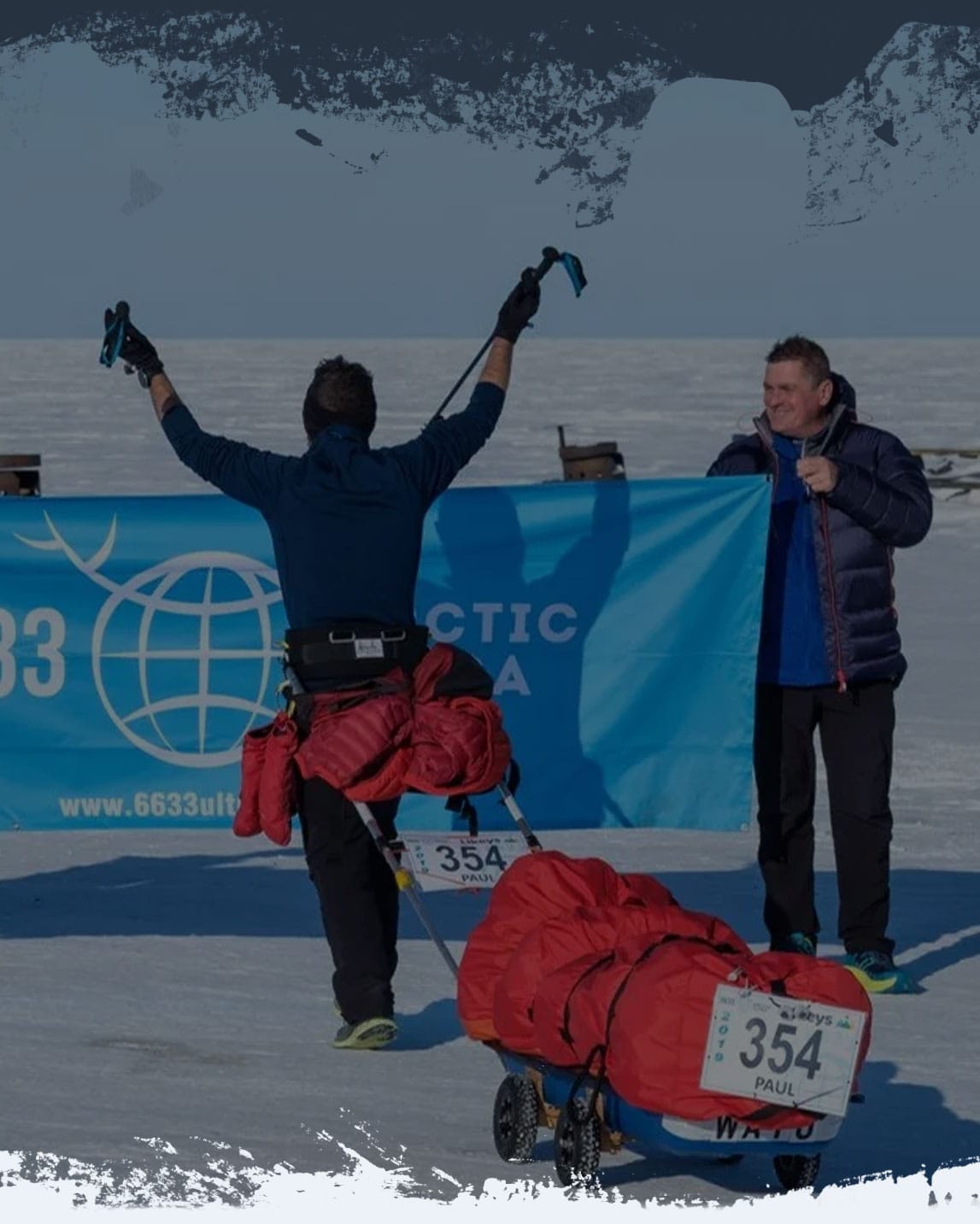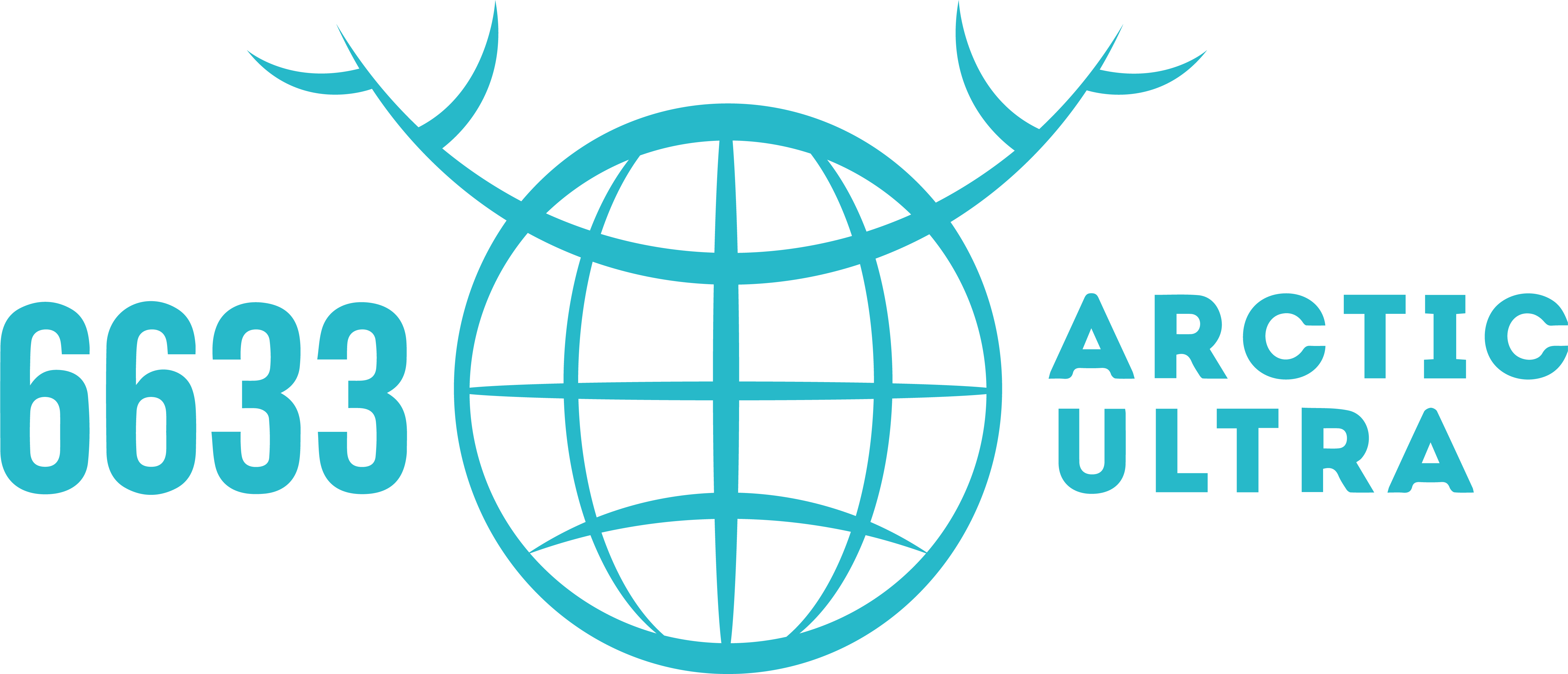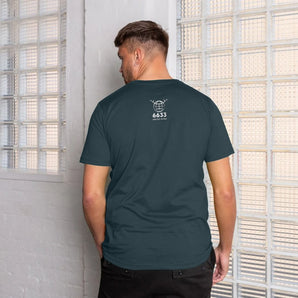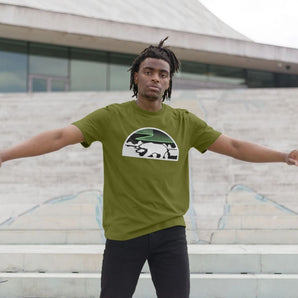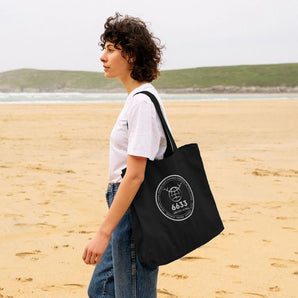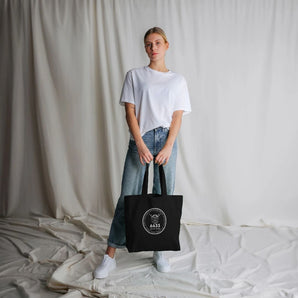Kit Advice for the 6633
The 6633 Arctic Ultra is without doubt an event that takes place in the most extreme of environments renowned for both the severe cold and the high winds that you are likely to encounter. The choice of equipment and clothing on the market can be a little confusing, but one factor prevails throughout your kit choosing…. Quality counts!! But even that will count for nothing if you haven’t practiced and prepared your kit prior to taking part in the event. There is little point turning up to the start of the race with a lot of expensive quality gear if you don’t know how and when to use it – so test, practice, test, practice, test, practice a lot before arriving in Whitehorse!!

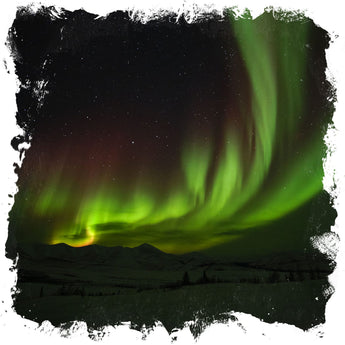
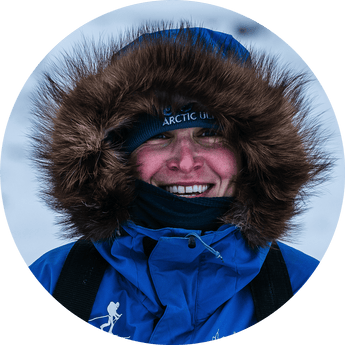
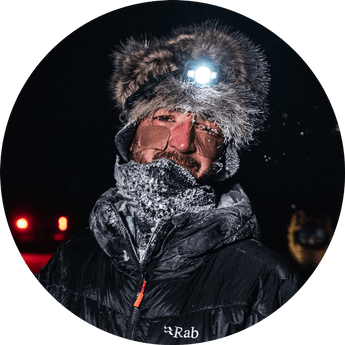
Knowing your kit is every bit as important as your physical fitness for the event, so don’t skimp on this aspect of your preparations. The amount of kit required to stay safe in the Arctic will in all probability prohibit an athlete from actually carrying their equipment on their backs, so pulling a Pulk (sled) is really the only way to go. Using a Pulk will significantly negate the extra weight of kit required for this race, so the weight is not usually much of an issue when it comes to carrying the items required to safely complete the race. However, there are lines to be drawn between too little kit; too much kit and the right amount of kit. If you have any concerns with regards to this, please don’t hesitate to contact the organiser who will provide you with the correct advice.
Kit List
Footwear & Socks
Footwear
Many who will compete in this type of environment are happy to use training shoes or trail shoes. Boots are fine if that’s what you will be happy in. Make sure there is ample room to allow for the extra socks you will undoubtedly require and for any swelling that might occur as a result of the pounding your feet will ultimately take. Make sure your footwear is well worn in, and make sure you are used to walking in them. All too often athletes in ultra suffer badly due to doing too much running as part of their training and not realising that walking will put different pressures on their feet and muscles. Because of the amount of pounding your feet will take over the distance of the race, footwear with good cushioning is highly recommended. In recent years Hoka shoes (with their vastly more cushioned soles) have very popular and performed well in the environment. As a by-product, the high volume of cushioning in Hoka shoes also aided insulation, which is no bad thing.
Socks
A combination that we have found works is to wear thermal liner socks (Bridgedale Thermal Liners) next to the skin, with a thick Wool sock over (e.g Bridgedale Summit Knee or Horizon Performance Extreme socks). When conditions deteriorate, then a mid sock (such as the Horizon Performance Merino Trekker) can be used to build up the protection from the elements. For some cold weather races waterproof socks are advisable, but for the 6633 Arctic Ultra this is not so applicable as overflow is less likely to be encountered. For your spare clothing and/or drop bags an alternate variety of socks is recommended just in case the pair you are wearing are causing a problem – being able to change to an alternate style will hopefully mitigate the problem.
Leggings & Trousers
Powerstretch leggings (e.g Haglofs Bungy Pants) work extremely well as a next to skin layer. If conditions aren’t too bad and the wind isn’t blowing these will at times possible suffice as the only layer required. To compliment these, a windproof thermal trouser is a must as they will definitely be called upon during the race, and if conditions are particularly bad, will be worn throughout. Additional layers such as Base Layer leggings (Patagonia being one such brand we recommend) can be taken and will give you more options for moderating your body temperature.
Mid & Base Layers
As with all kit decisions this can be very much a personal choice. High wicking layers are a must. Retaining sweat/moisture close to the body is a recipe for disaster as you will get cold very very very quickly particularly when you stop. Don’t compromise on quality and make sure you have tested your base layers prior to the race in order to avoid chaffing etc. Both Synthetic and Merino Wool work well (again look at Patagonia as one option, but also Craft do a superb base layer with an added windproof front).
This heading can cover a multitude of clothing choices. Generally we would regard a mid layer as supplementary to a base layer but perhaps not being as protective as a shell or insulation layers (see below). Quality fleeces such as Powerstretch (Arcteryx, Rab or Haglofs being highly recommended) will provide significant warmth and if including either a full or half zip will allow athletes to moderate their temperature more effectively. For layering purposes I would recommend athletes carry a variation of mid layers in order that they are able to change and adapt to varying climatic conditions.
Windproof Shell
Whilst the environment in which the race will be cold with a lot of snow and ice evident, it is in fact very dry. Therefore waterproof shells such as Gore-Tex are not really appropriate. A good quality windproof is far more practical as it will offer significantly more breathability. Such windproofs should also have an added thermal quality to them either through down fill or synthetic fill. The ones to consider might be the Arcteryx Atom AR, Haglofs Essens or Patagonia Nano Puff (plus many other options to suit budget and balance other clothing choices). Again the variations are endless and further advice if required can be sought from the organiser.
Gloves
Three main types of gloves to be considered. Base layer gloves (Outdoor Research make some good ones) next to the skin are unlikely to be worn on their own, but will supplement other gloves worn at any time. Mid layer gloves (Powerstretch recommended) are the most versatile gloves and are likely to be worn throughout either as stand-alone or as a combination with liner and/or out shell mitts. The final variation to keep your hands warm will be thermal Mitts which might not be worn all the time, but when required are likely to be the main factor preventing frostbite. The best thermal Mitts will be down filled (Rab Expedition 8000 Mitts or Outdoor Research Alti Mitts)
Insulation
A quality down Jacket is a must (such as Rab Positron or Patagonia Fitzroy Jacket). Whilst progressing on the trail, unlike some other winter races, it is possible you will be wearing this item of clothing, but even if you don’t need it whilst moving, one thing for sure is that you will certainly need it the moment you stop. Your body temperature begins to plummet the second you stop particularly if you are tired and in need of food. In addition to wearing it when you stop, a down jacket can supplement your sleeping system is most severe of weather conditions. Once again, don’t compromise on quality
Headwear
A combination of different headwear is advisable. You will need to be able to protect all your face through a combination of Hats, Neck Gaiters, Face Masks and Balaclavas. Windproof qualities of the headwear are certainly a factor to be considered. One of the biggest problems encountered will be the moisture caused whilst breathing. This will undoubtedly mean that you will need to buy a number of face masks/balaclava in order to be able to rotate these items along the route (drying them out at the various checkpoints.)
Sleeping Systems
A good quality sleeping bag is an absolute must. I will repeat that – A good quality sleeping bag is an absolute must and the ones that we can highly recommend are the Marmot Cwm , Rab Expedition 1400 or Mammut Altitude EXP5 Season sleeping bag. The race rules dictate that your sleeping bag must be suitable for a minimum of -30 and for good reason too. We wouldn’t recommend Synthetic filled bags as these are undoubtedly colder (regardless of what it says on the outside), plus the environment of the race is very dry, so no issues with down.
A thermal bed pad is also a must. Thermarest self inflating mats work well in the cold and can be packed small for space saving purposes. Thermarest foam matting is also recommended to supplement the self inflating mat and has the additional benefit of protecting the sleeping bag against the ground.
Bivy bag or Tent is also part of the compulsory gear. We would recommend you err towards a bivy bag (Outdoor Research) over a tent as it is far more manageable when time is of the essence. Bivy Bags with poles providing space around the head might be considered, but for many might actually be a phaff you could do without.
Cooking, Food & Drink
Cooking
Required for cooking and making water on route. Two main options.
Gas cookers (MSR Reactor or Jetboil) can be the quickest and easiest to operate but the downside is that the fuel can freeze in extreme conditions. Takes a bit of planning, but if you are well organised this is the option to choose for speed and efficiency – the organiser can provide further advice on this matter.
The other options are multi fuel stoves (MSR being the best). These are generally pretty bomb proof and can (as the name suggests) utilise many fuel options. The only downside is that they are a bit more fiddly to prime, but once going are as sound as can be.
Food
Whilst on the trail, trail food that is easily consumed is a must. For the vast majority, the thoughts of trying to stop between checkpoints to prepare and cook food is a massive no no, so having simple food items such as nuts, chocolate, fruit pastels, beef jerky etc. is the way to go. This doesn’t mean that you can’t cook food, it’s just not so practical. This type of food can be purchased easily in Whitehorse in the days before we travel to the start line. For the checkpoints (where only hot water is provided) most people will choose dehydrated both for weight and for the calories they pack. Again, this food is typically available in Whitehorse prior to moving north….. But if you want to try some first, have a go with Extreme Adventure Food as it is very similar to what is available to purchase in Canada.
Drink
Camelbak bladder or similar stored next to your back in a rucksack insulated with your down jacket has worked for many in this race. Highly recommend this to all with added insulation cover around the drink tube. In addition, we would recommend carrying at least 2 quality thermos flasks (Stanley) on the sled. Fill up at each checkpoint and all being well you won’t need to stop to make water on route.
Eye Wear
Both Goggles (Scott) and sunglasses (Julbo or Bloc) are a must. Preferable the goggles will have ample ventilation to reduce the misting up whilst proceeding up the trail. It is absolutely vital that between the Headwear and the goggles that you have 100% face coverage when the conditions are at their worst….which at some stage in the race they will be!!!
Walking Poles
Not everyone’s cup of tea, but in our opinion, highly recommended. The lightweight ones such as Mountain King trail poles are not likely to be good enough. Take a look at the Leki range for more substantial options, but equally lightweight.
Head Torches & Lights
A good quality headtorch (Petzl or Silva) is a must. Having a remote battery pack is a good thing as this will protect the batteries thus giving longer life. Additionally as part of your compulsory kit you will need you will need flashing red lights both for your person and for the sled.
Pulk (Sled)
As stated at the start of this section, the prime means of carrying your kit has got to be a Pulk. It is possible to buy state of the art Pulks, which can be bought from a company called Snowsled here in the UK. Their Pulks (with wheels as an option) have been used by a good majority of the runners over the years and have to the greatest degree been a success. They are not cheap, but if you are not much of a DIY person, these might be a very good option. However, many an athlete also enjoys making up their own contraption. Take a look at the photos on the website to glean some idea, and don’t hesitate to pick our brains if you decide to go down this route.


